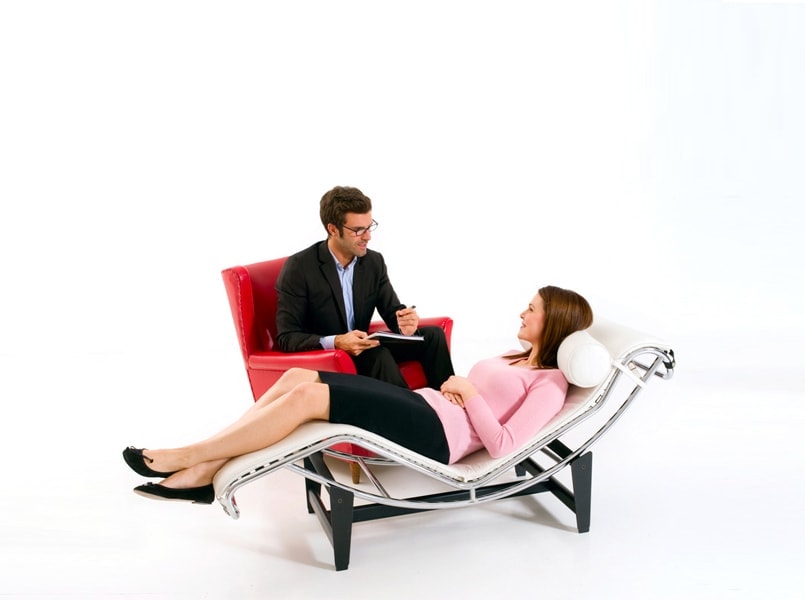The photos like it or not, there is no third option. Okay, they can leave you indifferent, but is that, by the way, like displeasure?A photo must convey something, provoke a reaction in the viewer, a feeling. A photo that doesn’t arouse any feeling in the viewer is practically an empty photo. A useless photograph. In today’s article I will reveal a series of psychological tricks with which you can easily conquer the viewer producing precisely the feeling or emotion that you want to transmit through your photo.
This is possible thanks to certain behaviors typical of the human brain that, if properly exploited by the photographer, help to transmit and consolidate the feeling or emotion in the retina of the viewer.
- Our brain first turns our gaze to what it considers most important or important.
- It does so instinctively.
- And what is the climax for our brain?Well.
- All that:.
Some colors directly influence our emotions, conditioning our perceptions to unsuspected limits:
In this video you will find a good summary of the psychology of color:
Interestingly, the combination of red and green in the same frame makes the subject appear to come out of the frame, as if it were three-dimensional or have a little relief, is a pure optical effect of this color scheme.
The physical space and the gaps it can contain have a big impact on the psychology of the viewer, spaces too full of elements cause stress, tension and make the viewer want to deflect the look from the photo as soon as possible. too empty and diaphanous space can create feelings of loneliness, psychological emptiness and even depressing. A balanced space with the right amount of voids and fill elements would keep the viewer’s gaze going longer.
The presence of light (solar or artificial) in a photo allows us to recreate feelings of joy and joy, on the other hand, if we seek to convey emotions of sadness or mystery, we must work with a little more darkness.
In general, a subject looking directly at the camera will look much more expressive than the one facing the other side; direct eye contact allows the viewer to become much more receptive and empathetic to the main subject.
A portrait in which the protagonist appears with his fingers intertwined is a stressful portrait.
Wide-angle lenses give incredibly giant, moving dimensions of grandeur and majesty. Any building of normal height, if photographed with a wide-angle lens, will look much higher than it really is. Telephoto lenses, on the other hand, due to their “zoom function”, create more proximity to the subject, causing a sense of intimacy in the viewer.
As you can see, they are simple aspects that usually go unnoticed, but hide enormous potential and can greatly influence the psychology of the person who looks at the photo, try to pay attention to these aspects and your photos will like them more.
Did you enjoy this reading? Feel free to recommend this article on Facebook, Twitter or Google.

